For one photographer, the young mothers of Guatemala give a face to gender inequality
How do you photograph gender inequality? After working on the subject for years around the globe, Swedish photographer Linda Forsell wanted to show—in a concrete, physical form—the ways in which women are still valued lower than men. Then she heard about Guatemala, where over 5,000 girls under the age of 15 became pregnant last year. It’s an issue that is actually getting worse: according to the UN population fund, the number of 10 to 15 year-olds who gave birth in the country increased by almost 25% between 2010 and 2012. Forsell booked a plane ticket. “The issue of pregnant young girls describes a wide fundamental problem that touches the root of gender-based violence and inequality in the world,” she explains. Her project “Children Having Children” documents the lives of the young Guatemalan girls who are becoming mothers before even reaching adulthood. She joined R&K from Stockholm.
Roads & Kingdoms: Thanks for talking with us. What are you up to in Sweden right now?
Linda Forsell: Actually today is my first day in Medical School, which is a huge change for me and which was partly inspired by the photography work that I did. The project that I’ve been doing with these young mothers would never have been possible without the help of some grants, and this is a result I guess of the fact that most media outlets aren’t really paying anything anymore, especially for more complex stories. As a photographer, you must work much harder to make ends meet, which left me uninspired to do my more extensive work. I actually see Med School as a way of restoring my inspiration and enabling me financially to do the kinds of projects that I want on the side.
R&K: Were you a full-time photographer before taking this decision?
Forsell: Yes. I’ve been working as a photographer for 10 years. The first six years I spent in Sweden. I started working at a small new magazine about immigration in Stockholm and then after that as a freelancer, combining my personal stuff with assignments.
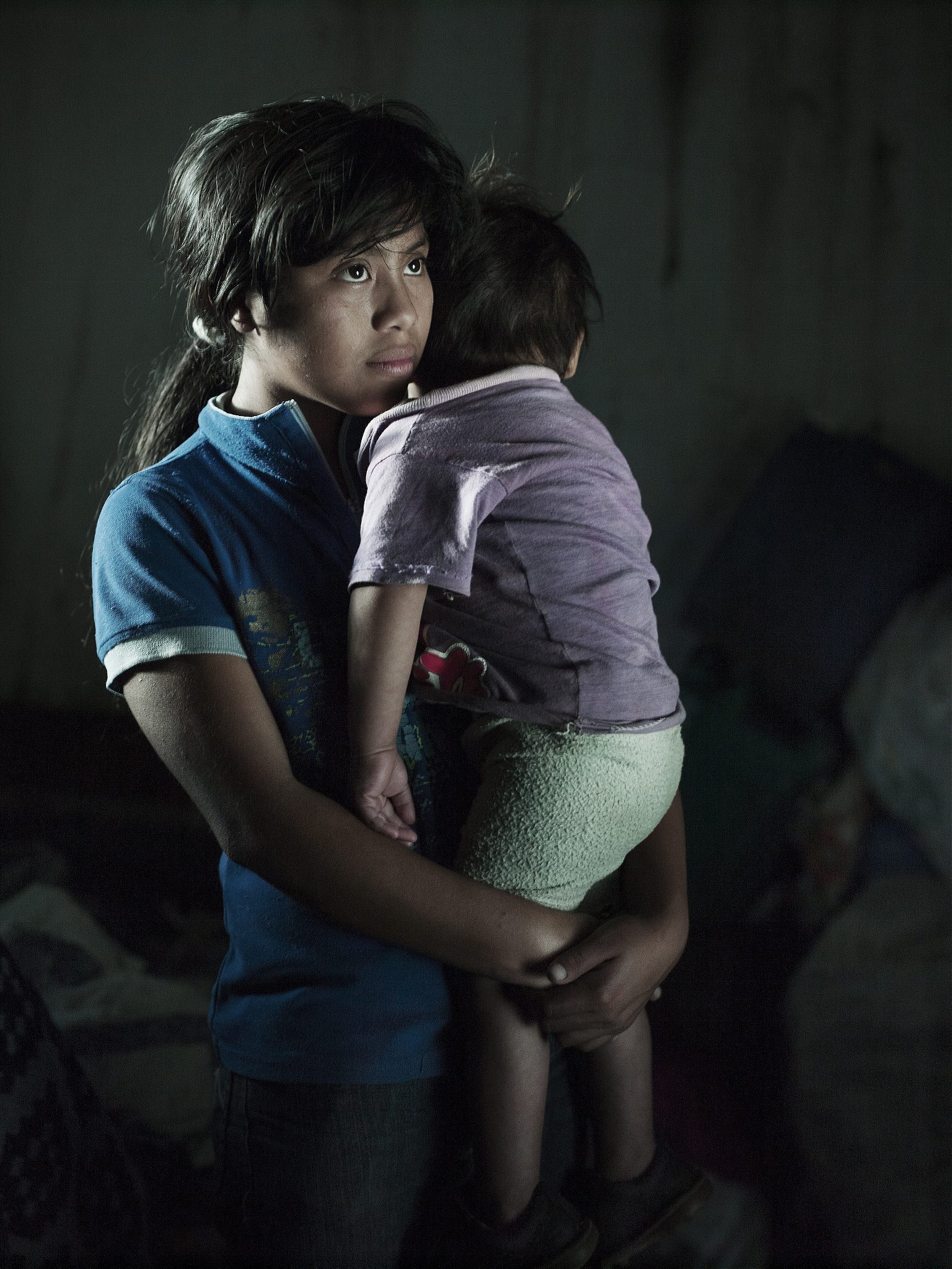
R&K: And it was during that first magazine job that you noticed discrimination for the first time.
Forsell: Yes. I have a brother and growing up, I was always expected to do the exact same things as him. My father always let me shoot the shotgun, for example, and I was treated the same way as all my male cousins. So I was kind of stumped and surprised when I experienced gender discrimination at work, especially because I was working in an environment that dealt with immigration issues and discrimination issues. It was supposed to be this young, fair workplace but all the women experienced the same thing: that basically our voices were not as important as the guys’. I started thinking about that a lot, and then I had a couple of random experiences where I worked on the subject. At the same time, I also ended up in a relationship that contained a bunch of psychological abuse. Not physical, but it was a bad year. And so all these things combined, and a couple of weeks after I broke up with that guy, a colleague of mine, a writer, called and asked if I wanted to work on a project with her about violence against women. We worked on that project for almost two years and traveled to 10 different countries. After that, I felt I wanted to dig deeper into a specific project and try to find a way to visualize gender-based violence. And then I heard about the situation in Guatemala.
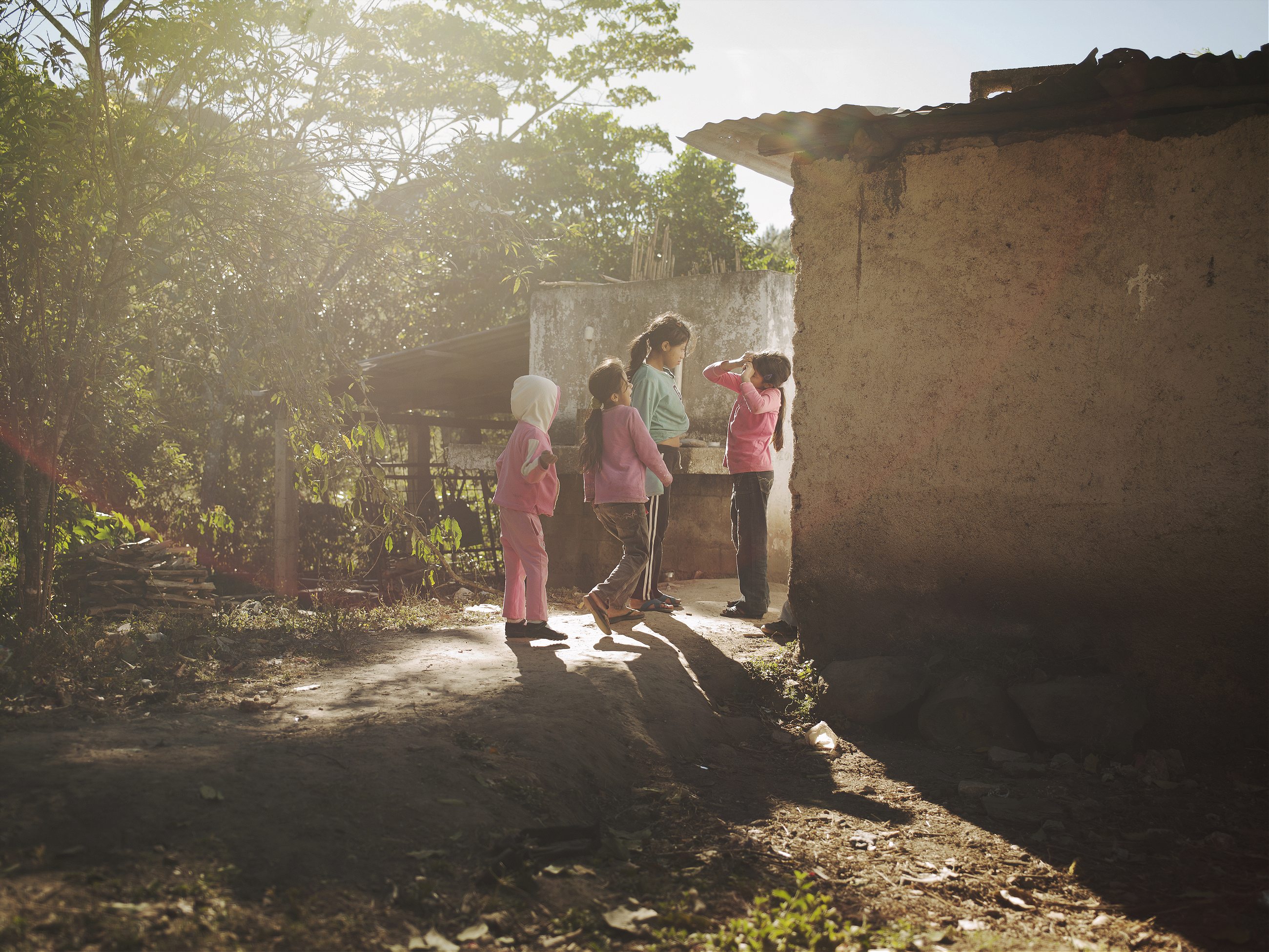
R&K: What is the situation there?
Forsell: 5,100 girls between the ages 10 to 15 became pregnant in Guatemala in 2014. In a country with only 15 million inhabitants, this makes for one of the highest rates in Latin America. In 89 percent of the cases, the perpetrators were family members or friends of the family. In a quarter of the cases where girls were below 14, it was the father. I went down to Guatemala for the first time to do a regular reportage trip. I worked on a few different stories with a writer, and I also visited some organizations and met a couple of girls. After that, I received funding to continue the project. One reason for going to Guatemala was because of these statistics. But I guess it was also that there is a small but strong movement to change things. This means that there are people on the ground that could help me understand.
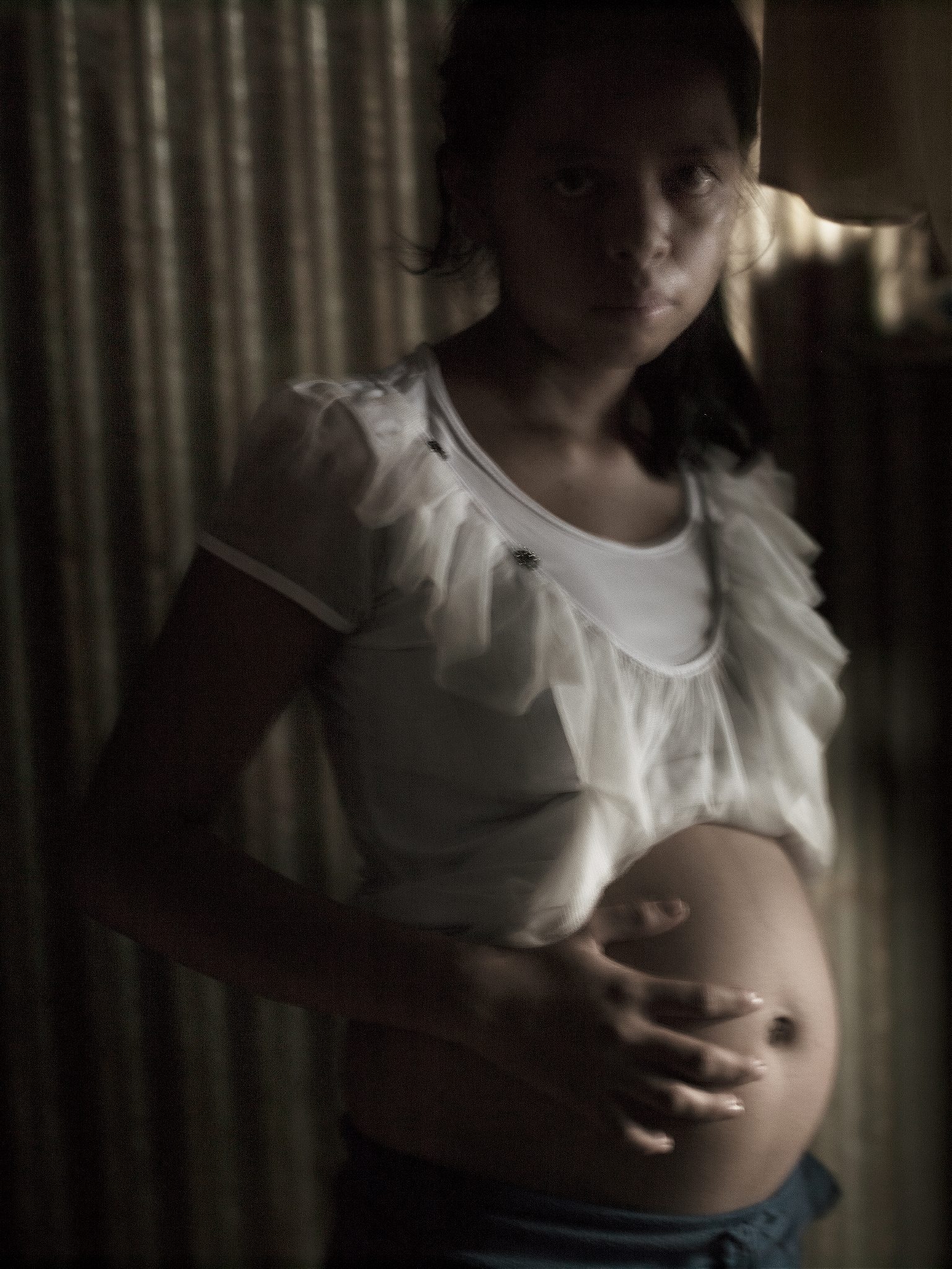
R&K: Who are the people and organizations you contacted?
Forsell: I’ve been in touch with a number of organizations, but the one that helped me the most was OSAR. They are a network of local organizations that work with these girls. They have a number of different tasks but a very important one is that they try to keep statistics on the situation. In 2009, there was a new law that was introduced in Guatemala that redefined rape and sexual violence. It also defined sex with a girl below 14 as rape in all instances. Hospitals now need to report all young deliveries that they make, and these organizations are collecting the information. Of course, there is a certain number of women that give birth at home, so it’s really hard. And pregnancies are just the tip of the iceberg. A woman can get pregnant on five days out of the month, so there are obviously a lot of rapes that don’t materialize into pregnancies.
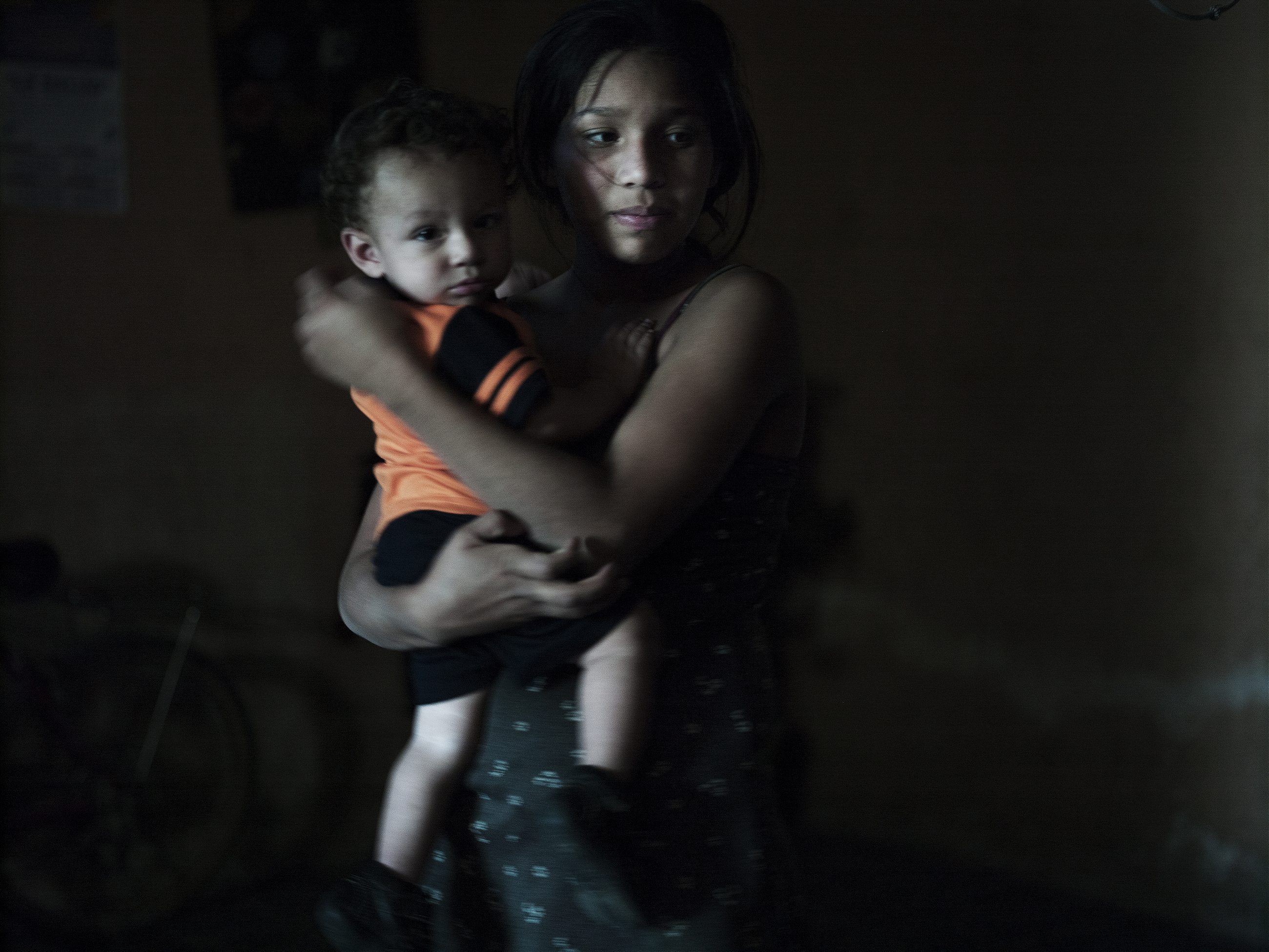
R&K: Who are the girls that you photographed?
Forsell: I wanted to photograph girls with different circumstances to try to highlight different factors that take place. One girl was raped by a 53-year-old man who stalked her on her way home. He tied her to a tree and they found him in the act. One girl who was 13 explained that she was flattered when a 28-year old man started visiting her to give her gifts and wanted her to go out with him. But she was 13, she didn’t have a clue. She had never been with a boy, she didn’t know what sex was, and she definitely didn’t understand that it could make her pregnant. None of the girls I met knew what contraceptives were. Some had heard the word “condom” but even that was rare. And so when this guy suggested that they have sex, and she said OK. She didn’t know what he was asking. I’ve asked a number of pregnant girls how they thought it would change their lives. They answered: “oh not at all.” They are just so young.
R&K: How do their lives change?
Forsell: The fact that they can’t continue schooling changes their lives entirely. They can’t get a job and they can’t become independent. Many of the girls are deemed responsible for what happened to them. People talk about them, they say they’ve been promiscuous, too sexually active, etc. They become so limited to being mothers that they don’t have a life.
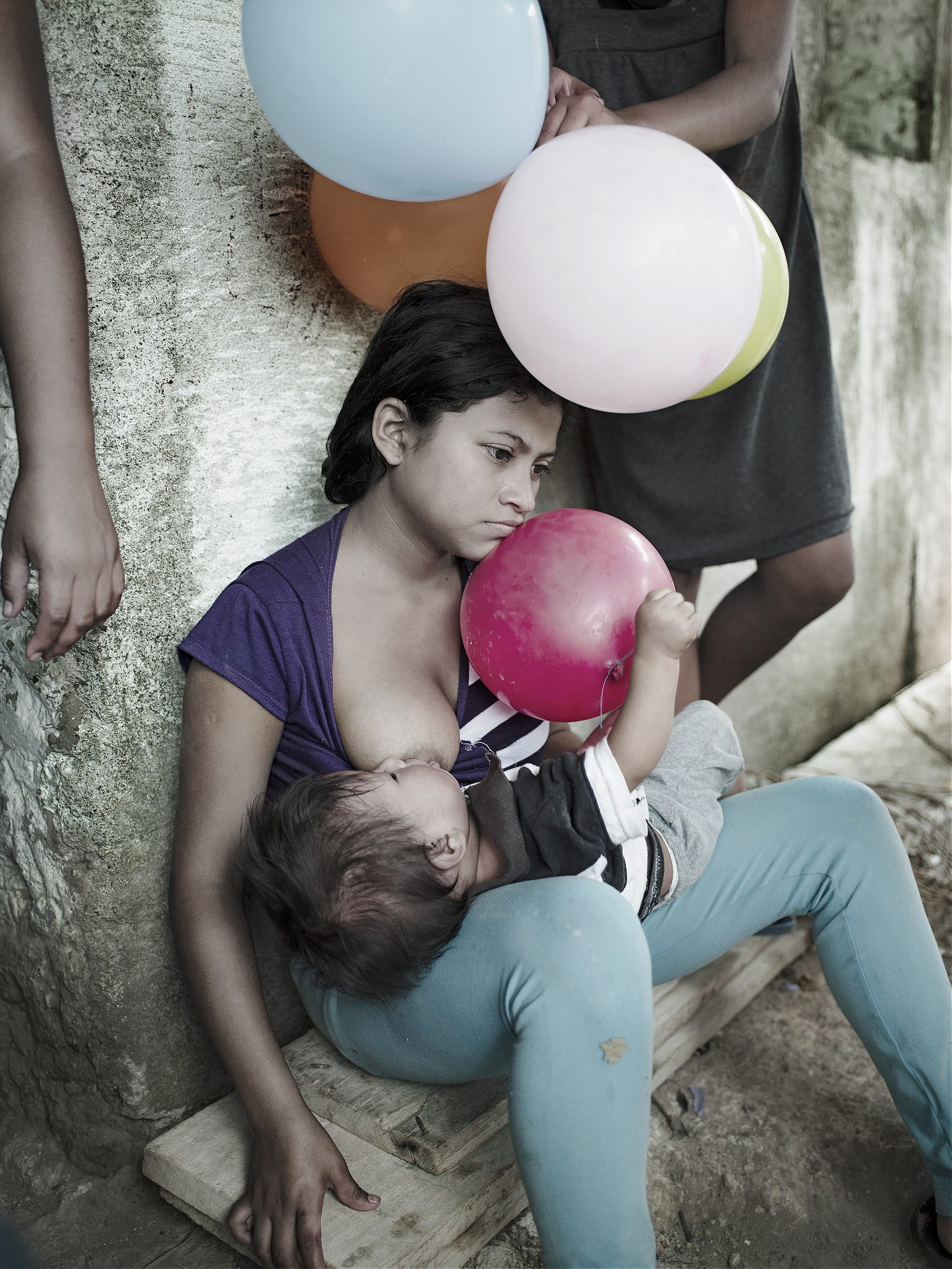
R&K: How would you describe the role of the Church?
Forsell: The Church is very powerful and strongly against any sexual education. They do not allow for it in church, and they don’t allow for it in schools either. They have a lot of money, so they definitely have a strong influence on politics. I took a photo of church members who are praying for a girl and holding her stomach. That visualized the entire problem for me, because they entered this house and they didn’t talk to the family, they just noticed she was pregnant and they started praying and preaching about this blessing that had entered the family. They never asked how that so-called blessing came to be. They never questioned the circumstances. Of course, this gives the impression that whatever way you conceive is good.
R&K: But there is also a character you photographed who found solace in church.
Forsell: Absolutely. A lot of the girls do. I’m not saying that the Church is all bad, but at least that sexual education should be taught. The idea behind not allowing sexual education is that if you talk about it, then people will have more sex, which obviously isn’t true. That is problematic.
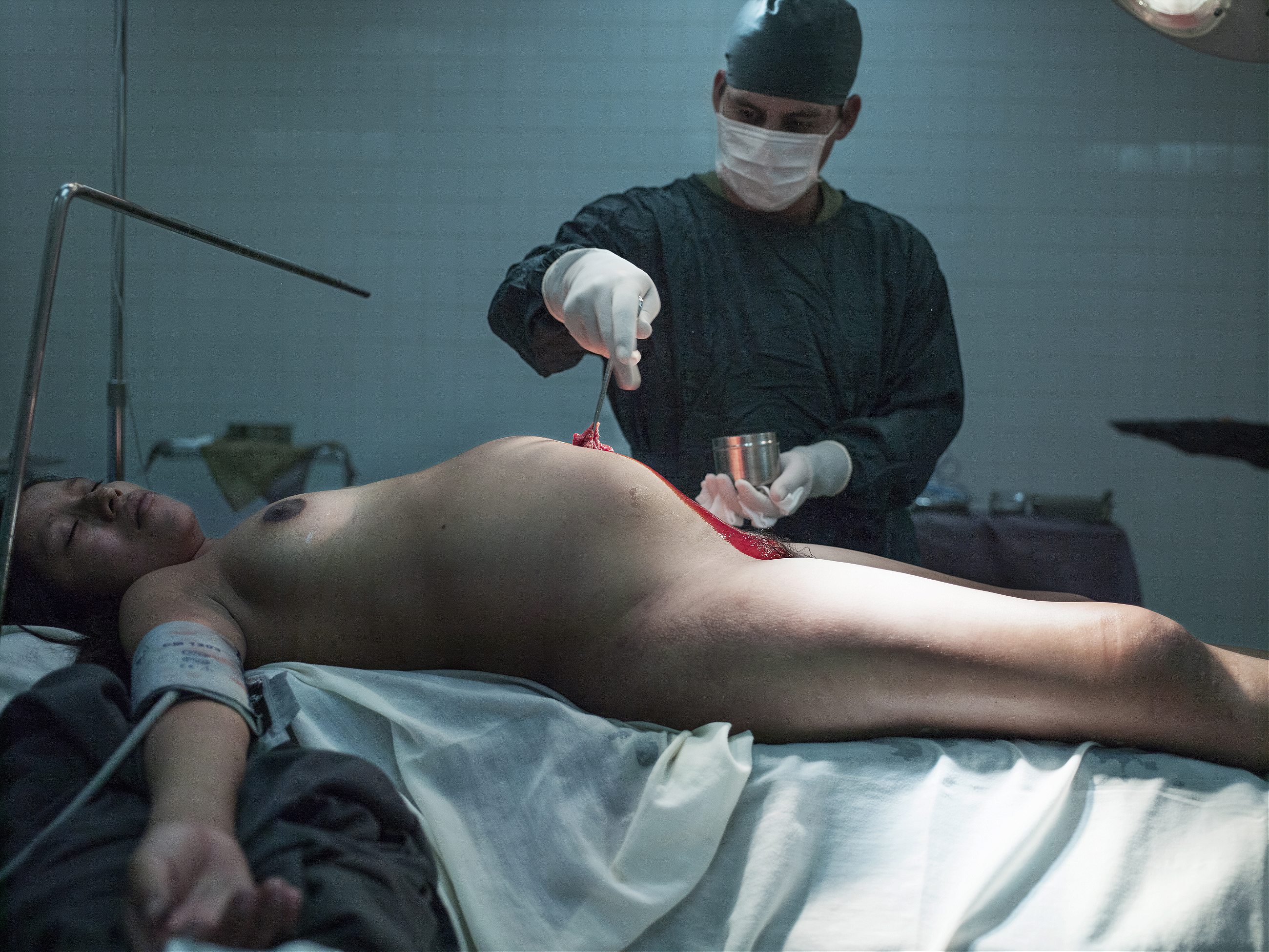
R&K: What are the health consequences to having a baby at such a young age?
Forsell: The health consequences are huge. Pre-eclampsia is much more common for example, which can ultimately lead to death if it’s not treated. A lot of times the girl’s pelvis is not fully grown, and that leads to another medical condition, so the recommendation in Guatemala is that all girls below 15 should get a C-section. In Latin America, the risks of maternal mortality are four times higher if you give birth before age 16. There is also a high risk of malnutrition for the child too because the girls don’t know how to eat right during their pregnancy. A lot of babies are born very tiny.
R&K: Why do you think this is happening in Guatemala, and how can people help?
Forsell: I really want to highlight that this is a systemic problem. It’s not something that you should just blame on the men as such. Of course, perpetrators should definitely be punished, but it is a system that is being sustained by everyone. For example, I met this one girl whose mother had sold her to an old man. I met women who didn’t report situations because they thought it was normal. I met a girl who was married off to her husband when she was 12 and he was 22. He asked his parents to ask her parents for her hand. He doesn’t think he did anything wrong. He did what people before him have done and he intends to support her and to give her what he thinks is a good life. It’s really a problem of choice, because these girls lose their choices. And education is so important to try to change this, to try to convey the concept that girls have the same rights as guys. They have the right to decide, they have the same value.

R&K: Do you think this will change over time?
Forsell: I don’t think it’s going to change tomorrow, but I’m quite optimistic. There are a lot of places in the world where violence against women is getting worst, but I see their pain like contractions before giving birth. The world is becoming smaller. More information getting out and eventually women will know that a different way of life is possible.
R&K: Have you thought about showing this work in Guatemala?
Forsell: I have shown it. For me, this is my biggest achievement. It was always my primary goal and I’m so happy to have done that. In my previous work, I never returned the work to the places I did it in and I knew I wanted to do something different with this. I had two exhibitions in Guatemala over the summer, which is so great. The attendance was good, there were a lot of organizations there and some politicians and ambassadors. I think it would be amazing if my work had a small hand in actually changing some politics in Guatemala. That would be amazing.
You can see more of the project on Linda Forsell’s website, and visit OSAR to learn more about the issue.